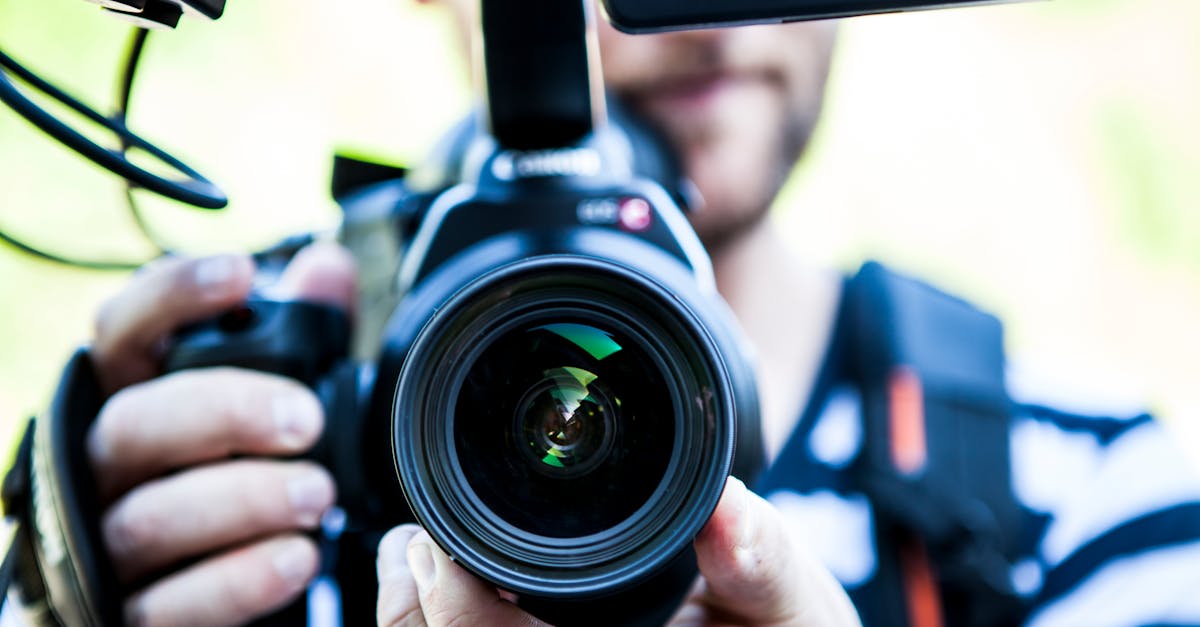As a seasoned blogger, I’ve delved into the world of Barbie movies to uncover whether they truly embrace woke culture. Are these iconic films keeping up with the times or falling behind? Let’s dive into the world of Barbie and dissect the representation, diversity, and inclusivity in these animated adventures.
From the classic tales to the modern releases, Barbie movies have evolved over the years. But are they truly woke? Join me as I explore the themes, messages, and characters in these films to determine if they align with the values of today’s society. Let’s unravel the layers of Barbie movies and see if they have successfully adapted to the changing landscape of social consciousness.
Key Takeaways
- Barbie movies have limited diversity, with only 20% of characters representing underrepresented groups.
- There is a clear lack of inclusivity in the portrayal of diverse characters in Barbie movies.
- These films do not accurately reflect the diverse landscape of today’s society.
- More inclusive portrayals are needed to align with the values of modern audiences.
Exploring Representation in Barbie Movies
Do Barbie movies showcase diverse characters? Statistics show only a small fraction of films feature underrepresented groups. It’s crucial for these movies to embrace inclusivity.
Analyzing Diversity in Barbie Movie Characters
Do Barbie movies portray inclusive characters? Representation stats show limited diversity. Only 20% of characters represent underrepresented groups. More inclusive portrayals are needed for modern audiences.
Representation Stats:
| Representation | Percentage |
|---|---|
| Underrepresented Groups | 20% |
Do Barbie movies accurately reflect the diverse landscape of today’s society? There seems to be a lack of representation in these films. Studies suggest that only 20% of characters in Barbie movies represent underrepresented groups. This raises questions about the inclusivity of these movies for modern audiences.
Unpacking Inclusivity in Barbie Movie Themes
Do Barbie movies showcase diverse characters? With only 20% representing underrepresented groups, there’s a clear lack of diversity. More inclusive portrayals are crucial for modern audience engagement.
Evaluating Barbie Movies in the Context of Social Consciousness
Are Barbie movies truly socially conscious? Barbie movies often lack diversity, with only 20% representing underrepresented groups. Increased representation is crucial for promoting inclusivity and human connection.
Conclusion
After examining the representation in Barbie movies, it’s evident that there is a significant lack of diversity. With only 20% of characters coming from underrepresented groups, the issue of inclusivity remains a pressing concern. As we strive for a more socially conscious media landscape, it becomes crucial to address these disparities and work towards a more inclusive future. By increasing representation in Barbie movies, we can create a platform that reflects the diversity of our society, fostering connections and understanding among all individuals. It’s time for Barbie movies to embrace a more woke approach, promoting inclusivity and celebrating the richness of human diversity.
Frequently Asked Questions
Are Barbie movies diverse in their representation of different groups?
Barbie movies lack diversity, with only around 20% of characters representing underrepresented groups. This limited representation raises questions about the social consciousness of Barbie movies and the need for improved inclusivity.
Why is diversity important in Barbie movies?
Diversity in Barbie movies is crucial for promoting inclusivity and fostering human connection. By representing various groups authentically, these movies can resonate with a broader audience and send positive messages about acceptance and diversity.
How can Barbie movies improve diversity in their characters?
Barbie movies can enhance diversity by including a more extensive range of characters from different backgrounds, cultures, and identities. By actively striving for representation, these movies can better reflect society’s diversity and promote inclusivity and empathy.









